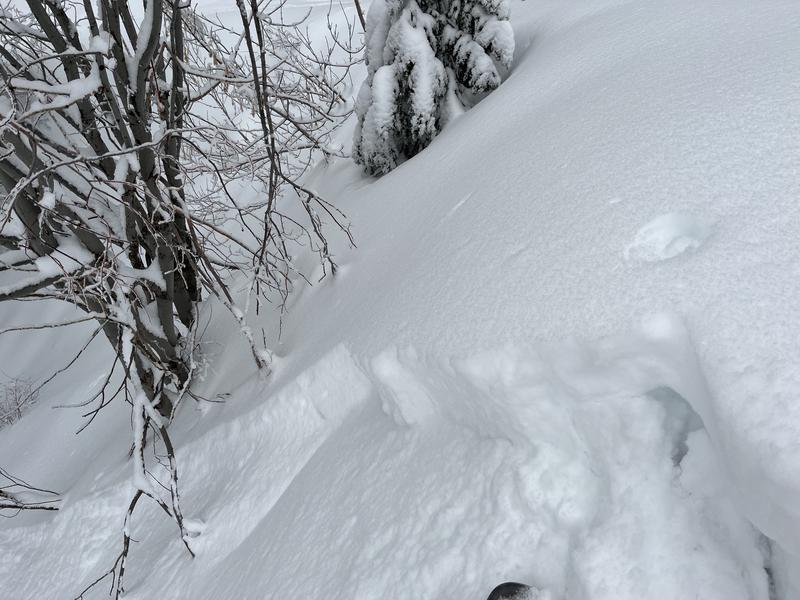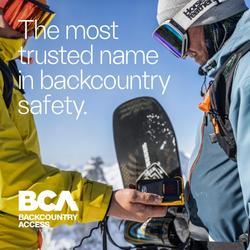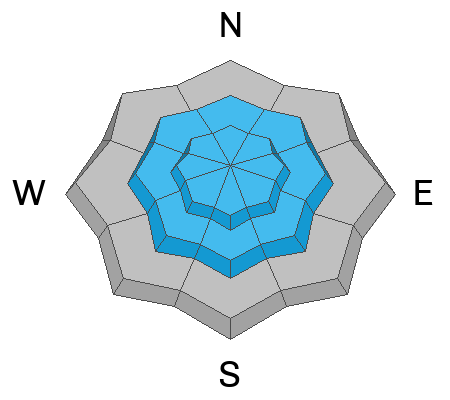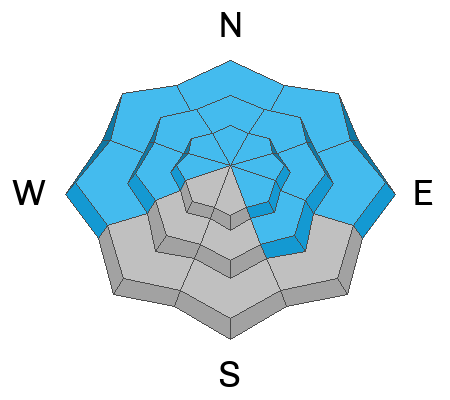Forecast for the Logan Area Mountains

Issued by Nikki Champion on
Tuesday morning, January 9, 2024
Tuesday morning, January 9, 2024
This morning, the overall avalanche danger is MODERATE but will rise to CONSIDERABLE on most slopes as the storm develops. The elevated winds may create unstable slabs of wind-drifted snow at mid and upper elevations. Be particularly cautious on west to north to southeast-facing terrain, as a now-buried weak surface layer could cause any avalanche triggered within the wind-drifted snow to step down deeper into the snowpack. Additionally, today’s new snow may produce long-running sluffs.
The danger may spike to HIGH during or after periods of heavy snowfall within the upcoming days. Pay attention to changing weather patterns; the danger will rise sooner than anticipated if the storm comes in sooner than anticipated.
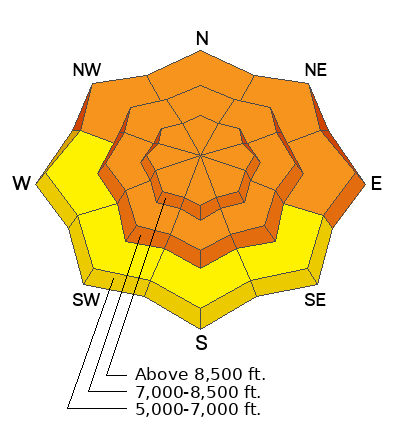
Low
Moderate
Considerable
High
Extreme
Learn how to read the forecast here



